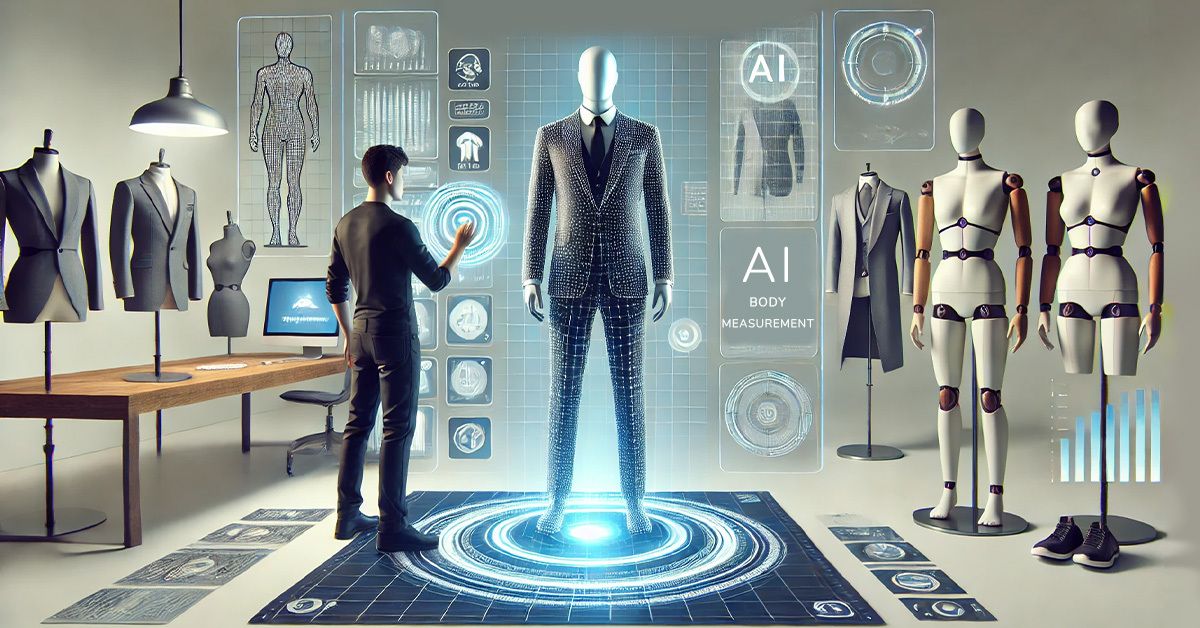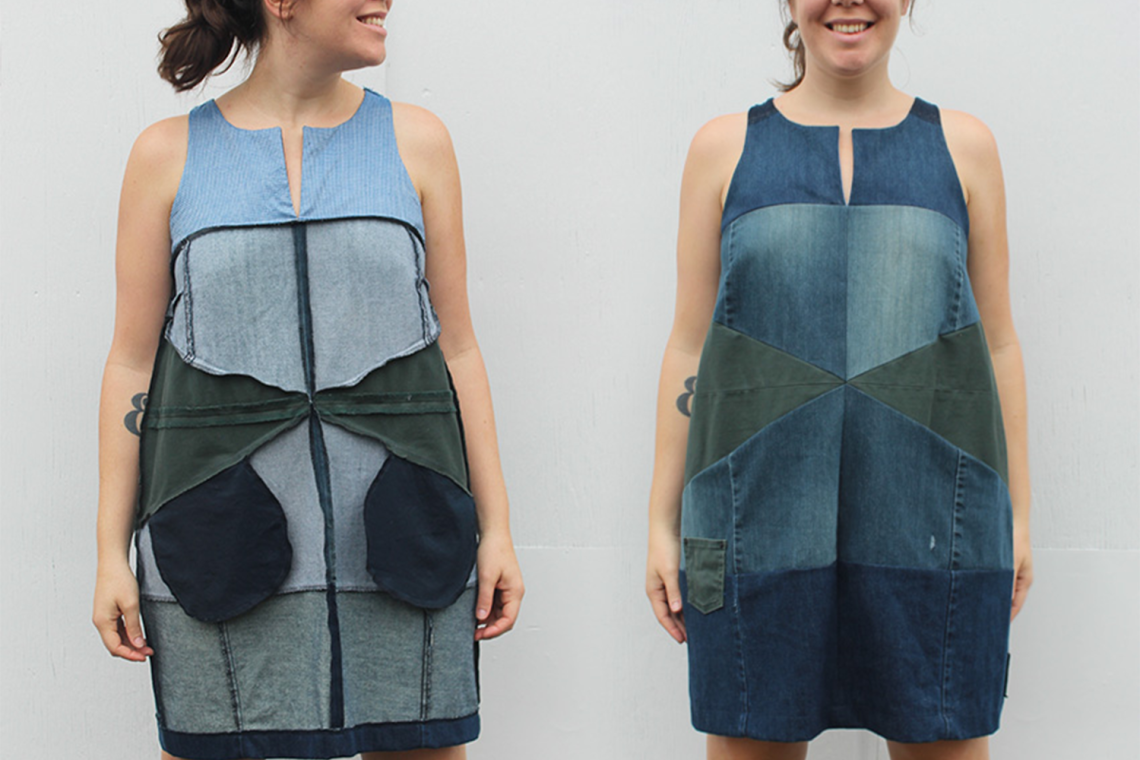The world of online retail is evolving faster than ever. As consumers shift from physical stores to digital platforms, one major challenge remains: how can shoppers confidently buy clothing without trying it on first? The answer lies in virtual fitting rooms — innovative tools that combine artificial intelligence, augmented reality, and 3D modeling to recreate the in-store experience online.
These technologies are transforming the e-commerce landscape, offering customers personalized experiences and retailers a new way to reduce returns, increase satisfaction, and build trust.
What Are Virtual Fitting Rooms?
A virtual fitting room is a digital tool that allows shoppers to visualize how clothing or accessories will look and fit on their bodies before making a purchase. Using augmented reality (AR), 3D scanning, and advanced algorithms, these systems simulate a realistic try-on experience directly through smartphones, laptops, or smart mirrors in physical stores.
Unlike static size charts, virtual fitting rooms analyze a customer’s body dimensions and movement patterns to provide a dynamic, accurate fit prediction.
How Virtual Fitting Rooms Work
The technology behind virtual fitting rooms integrates several advanced components to deliver a seamless and realistic experience. Here’s a breakdown of the core elements:
| Technology | Function | Benefit to Shopper |
|---|---|---|
| Augmented Reality (AR) | Overlays digital garments on a real-time image of the shopper. | Enables visual try-on from home. |
| 3D Body Scanning | Captures precise measurements using a smartphone camera or scanner. | Creates a personalized digital avatar. |
| Artificial Intelligence (AI) | Analyzes fit preferences, body shape, and movement data. | Improves accuracy and style recommendations. |
| Machine Learning (ML) | Learns from user feedback and purchase history. | Enhances future fit suggestions. |
Together, these technologies deliver a shopping experience that’s both immersive and personalized.
Benefits of Virtual Fitting Rooms for Consumers
Virtual fitting rooms offer far more than convenience — they bring accuracy, confidence, and enjoyment to online shopping.
1. Improved Fit Accuracy
One of the biggest frustrations in e-commerce is receiving clothing that doesn’t fit properly. Virtual fitting rooms address this issue by using AI and digital avatars to simulate precise fits, helping shoppers choose the right size the first time.
2. Personalized Shopping Experience
These platforms allow users to see how garments look on their unique body shape, considering proportions, posture, and preferences. Many systems even recommend complementary styles or color palettes based on personal data.
3. Convenience and Accessibility
Shoppers can “try on” dozens of outfits instantly without visiting a store. This convenience is especially valuable for busy consumers or those living in remote areas.
4. Increased Confidence in Online Purchases
By visually previewing how clothes look and move, buyers make more informed decisions, resulting in fewer returns and greater satisfaction.
Benefits for Retailers
Virtual fitting rooms aren’t just a consumer trend — they’re a powerful business tool. Retailers implementing this technology gain significant advantages:
- Reduced Return Rates: Accurate size predictions mean fewer returns, lowering operational costs.
- Higher Conversion Rates: Shoppers who can visualize clothing on themselves are more likely to buy.
- Customer Loyalty: Personalized experiences encourage repeat purchases and stronger brand relationships.
- Sustainability: Fewer returns reduce packaging waste and carbon emissions, supporting eco-friendly retail practices.
Incorporating Custom Sizing Technology alongside virtual fitting rooms allows brands to further refine sizing accuracy by offering tailored garment adjustments for each customer’s unique measurements.
Types of Virtual Fitting Rooms
Virtual fitting rooms vary in complexity and application. Below are the main types currently in use:
| Type | Description | Example |
|---|---|---|
| Augmented Reality Mirrors | Smart mirrors installed in stores that overlay outfits on a shopper’s reflection. | Found in high-end fashion boutiques. |
| Mobile App-Based Fitting Rooms | Apps that use smartphone cameras to scan the body and simulate try-ons. | Popular among online retailers. |
| Web-Based Platforms | Browser-integrated tools allowing users to upload photos or measurements. | Used by e-commerce fashion sites. |
| Avatar-Based Systems | Create a 3D model of the user for a complete virtual dressing experience. | Used in gaming-style fashion experiences. |
How Virtual Fitting Rooms Improve Sustainability
Sustainability is a growing focus in fashion, and virtual fitting rooms play an important role in reducing waste. Here’s how they contribute:
- Lower Return Rates: Fewer size-related returns mean less transportation and packaging waste.
- Reduced Overproduction: Data collected from virtual try-ons helps brands forecast demand more accurately.
- Digital Sampling: Designers can test and adjust garments virtually before manufacturing, minimizing fabric waste.
This shift toward digital fashion also reduces the industry’s carbon footprint, making e-commerce more environmentally responsible.
Challenges in Implementing Virtual Fitting Rooms
Despite their benefits, virtual fitting rooms face several challenges that brands must overcome:
- Technology Costs: Developing and maintaining AR/AI infrastructure can be expensive.
- Privacy Concerns: Users may hesitate to share body measurements or images online.
- Device Compatibility: Not all consumers have devices capable of supporting 3D or AR functions.
- Standardization Issues: Clothing sizes vary greatly among brands, making universal fit prediction difficult.
Retailers addressing these challenges with transparency and data security can build greater consumer trust.
The Future of Virtual Fitting Rooms
The next generation of virtual fitting rooms will likely feature more advanced integrations, including:
- AI-Powered Style Recommendations: Suggesting outfits based on mood, weather, and personal history.
- Social Try-On Experiences: Allowing friends to join virtual sessions and give feedback in real time.
- Integration with Metaverse Shopping: Using avatars to try on digital and physical outfits simultaneously.
- Real-Time Fabric Simulation: Showing how materials move, stretch, and drape on a digital body.
As technology improves, virtual fitting rooms will become a standard feature across e-commerce platforms, merging convenience, personalization, and sustainability.
Cost Comparison: Traditional vs. Virtual Fitting Solutions
| Feature | Traditional Retail | Virtual Fitting Room |
|---|---|---|
| Customer Reach | Limited to physical stores | Global accessibility |
| Return Rates | 30–40% average | Under 10% (fit-optimized) |
| Operational Costs | High (inventory, space) | Lower after setup |
| Environmental Impact | High (packaging and returns) | Significantly reduced |
| Customer Engagement | In-person only | Interactive and data-driven |
FAQs About Virtual Fitting Rooms
1. What is a virtual fitting room?
A virtual fitting room is a digital technology that lets shoppers visualize how clothing will look and fit on their bodies using augmented reality and 3D imaging.
2. Are virtual fitting rooms accurate?
Yes. Modern systems use AI and body scanning to deliver highly accurate fit predictions, though results may vary by brand or garment type.
3. Is my data safe when using virtual fitting technology?
Reputable retailers employ encryption and privacy protocols to protect user information and body data. Always review a company’s privacy policy before use.
4. Do virtual fitting rooms work for all body types?
Most platforms are designed to accommodate a wide range of body shapes, and ongoing advancements aim to make them even more inclusive.
5. How do virtual fitting rooms benefit the environment?
By reducing returns and overproduction, virtual fitting rooms minimize waste and help fashion brands adopt more sustainable practices.
Final Thoughts
Virtual fitting rooms are redefining how people shop for fashion online. By combining advanced technologies like AR, AI, and Custom Sizing Technology, retailers can offer consumers a realistic, personalized, and sustainable shopping experience. For shoppers, it means less guesswork and more confidence; for brands, it’s a step toward reducing waste and increasing customer loyalty.
As the line between digital and physical retail continues to blur, virtual fitting rooms represent the next great leap forward in e-commerce innovation — merging convenience, creativity, and sustainability into one powerful experience.






